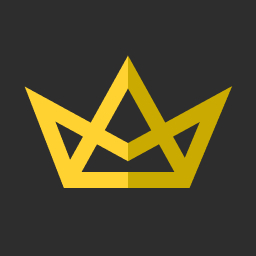Doc Page Not Found :(
@Singtaa: Please consider leaving a review on the Asset Store if you enjoy using OneJS. It really helps us a lot! And, I promise it'll take less time than debugging your last script.😊 Oh also, OneJS V2 is now out of preview!
VERSION
